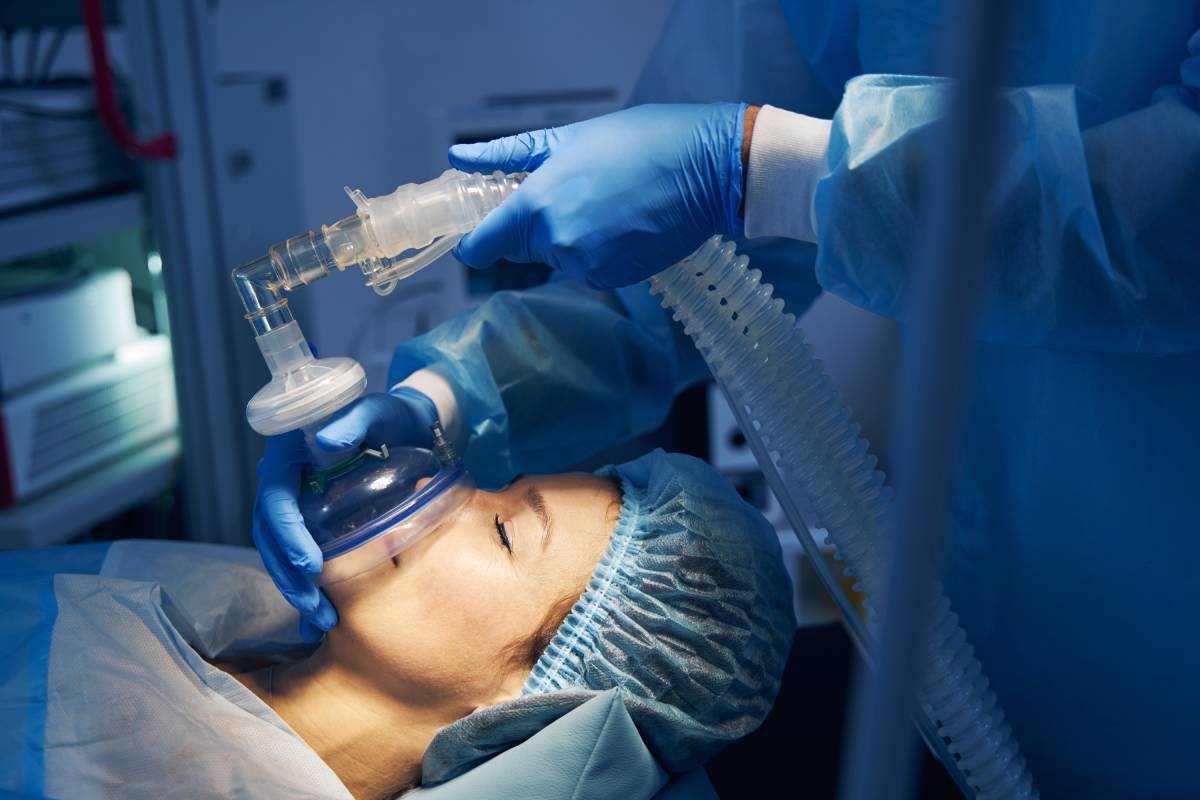Maneuvering patients under general anesthesia requires careful planning, execution, and collaboration to ensure patient safety and optimize surgical outcomes. Under general anesthesia, patients are completely dependent on the OR team for maintaining proper positioning and stability. The use of evidence-based strategies and specialized techniques minimizes complications and enhances patient recovery.
Preoperative planning, including a thorough assessment of the patient’s physical status and comorbidities, is necessary to anticipate potential complications of maneuvering patients under general anesthesia. Techniques such as using specialized tables, padding, and supports help to maintain neutral alignment and prevent nerve damage. Patients undergoing thoracic or renal surgeries, for instance, benefit from techniques such as lateral positioning with meticulous padding to prevent nerve injuries like brachial plexus damage (1).
During the intraoperative period, maintaining optimal oxygenation is the primary goal, especially when patients are positioned in ways that compromise respiratory mechanics. Recruitment maneuvers (RMs), which use intermittent positive pressure to reopen collapsed alveoli, combined with individualized positive end-expiratory pressure (PEEP) settings, have been shown to improve lung mechanics and reduce postoperative pulmonary complications. These strategies are particularly beneficial in minimally invasive surgery, where lung-protective ventilation is paramount to achieving favorable outcomes (2).
Obese patients present unique challenges due to their increased risk of positional injury and compromised respiratory function. Tailored interventions, including appropriate head and neck elevation to maintain airway patency, are required in these cases. Lung-protective ventilation strategies, characterized by lower tidal volumes and adjusted PEEP, are critical to ensure adequate oxygenation while avoiding barotrauma (2).
Prone positioning, commonly used in spine and thoracic surgery, introduces additional complexity. This position carries the risk of abdominal compression, hemodynamic instability and ischemic injury. Properly designed positioning devices that distribute pressure evenly and avoid abdominal compression mitigate these risks. Patients’ extremities should be regularly assessed during surgery to detect early signs of compartment syndrome or nerve compression (3).
Effective communication between anesthesiologists, surgeons, and operating room staff is central to successful patient maneuvering when they are under general anesthesia. Multidisciplinary coordination ensures smooth execution of complex positional adjustments. Techniques such as slow, stepwise changes in patient positioning, coupled with continuous monitoring of vital signs, help prevent abrupt hemodynamic changes and associated complications (4).
Postoperative care is equally vital in addressing complications stemming from intraoperative positioning. Early mobilization and pulmonary physiotherapy reduce the incidence of respiratory
complications such as atelectasis. Oxygen therapy and close monitoring in the post-anesthesia care unit also ensure a smooth patient recovery. Research shows that perioperative strategies that integrate these measures contribute significantly to shorter hospital stays and improved overall outcomes (5).
In summary, maneuvering patients under general anesthesia demands multidisciplinary collaboration, mechanical precision, physiologic monitoring, and patient-specific interventions. Preoperative planning, evidence-based intraoperative techniques, and vigilant postoperative care are essential to achieve safety and efficacy. Ongoing education and adherence to structured safety protocols further enhance the quality of care and patient outcomes.
References
1. Simpson AI, Vaghela KR, Brown H, et al. Reducing the Risk and Impact of Brachial Plexus Injury Sustained From Prone Positioning-A Clinical Commentary. J Intensive Care Med. 2020;35(12):1576-1582. doi:10.1177/0885066620954787
2. Chiumello D, Fratti I, Coppola S. The intraoperative management of robotic-assisted laparoscopic prostatectomy. Curr Opin Anaesthesiol. 2023;36(6):657-665. doi:10.1097/ACO.0000000000001309
3. Ho P, Deng Y, Nikolaidis M. Patient positioning and surgical considerations. In: Kaye A, Urman R, eds. Thoracic Anesthesia Procedures. New York: Oxford Academic; 2021. doi:10.1093/med/9780197506127.003.0008. Accessed December 1, 2024.
4. Burgener AM. Enhancing Communication to Improve Patient Safety and to Increase Patient Satisfaction. Health Care Manag (Frederick). 2017;36(3):238-243. doi:10.1097/HCM.0000000000000165
5. Lagier D, Zeng C, Fernandez-Bustamante A, Vidal Melo MF. Perioperative Pulmonary Atelectasis: Part II. Clinical Implications. Anesthesiology. 2022;136(1):206-236. doi:10.1097/ALN.0000000000004009
